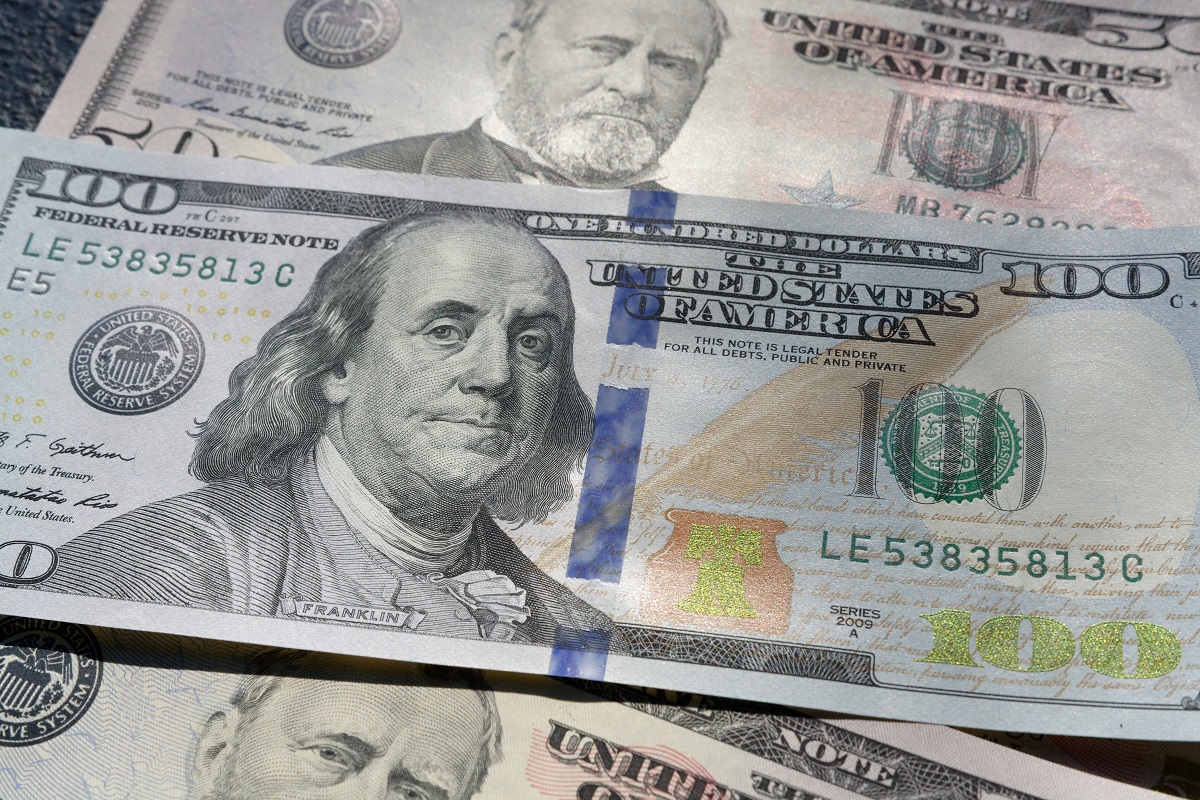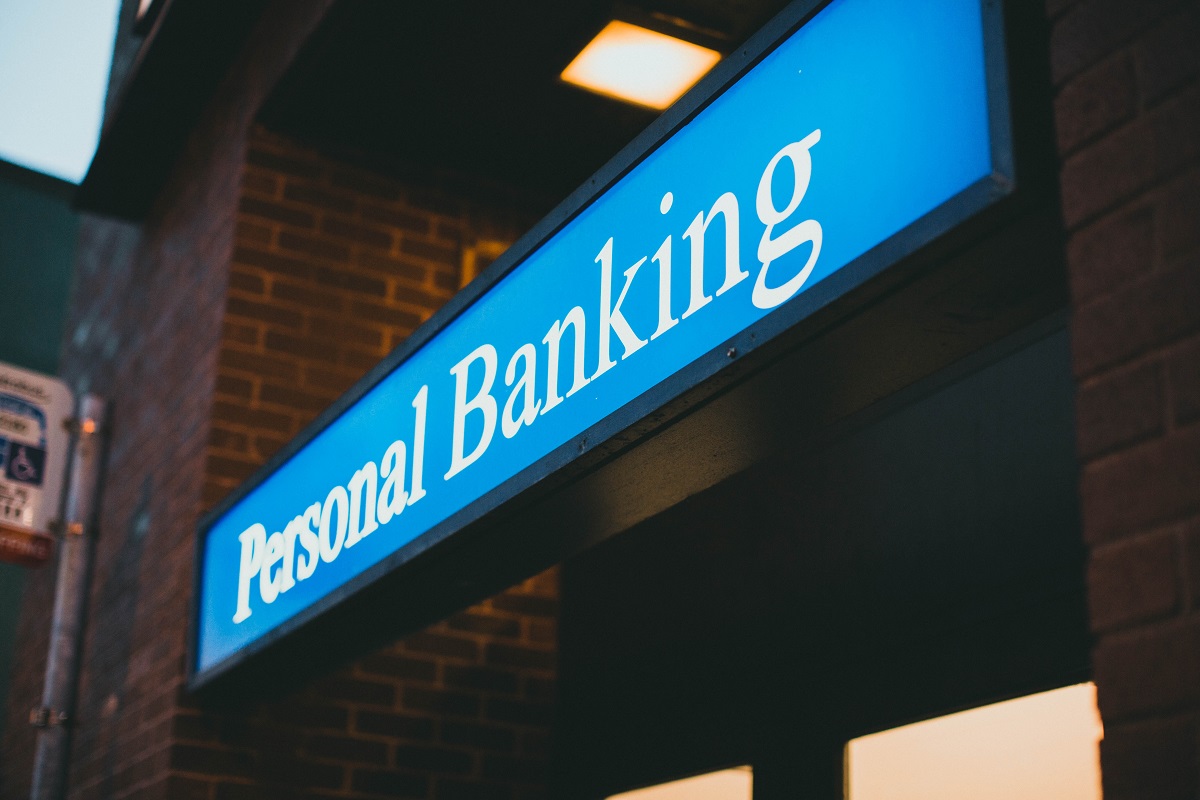
Central bank monetary tightening is coming to an end, says Matt Brill, head of North America investment-grade credit for Invesco Fixed Income, a unit of Atlanta-based Invesco Advisors Inc. And on the premise that economies are likely headed for a soft landing, it’s preferable to emphasize corporate bonds over government treasuries, he says.
“The Bank of Canada has paused, and the Federal Reserve is close. Whether they will be cutting any time soon is debatable, but the end of the global hiking cycle is near,” says Brill, co-manager of the 4-star rated $744.7 million Invesco Global Bond Series F. “As that takes place, we do believe that investors will be more comfortable owning duration and bonds. That, combined with the higher yields, means you are set up nicely for positive returns going forward. As central banks get to the end of the cycle, you should be rewarded by owning fixed income.”
Investors may have wanted to reap higher yields but didn’t like the path to achieving that goal. “You’ve taken the pain. And if you didn’t own fixed income, then even better for you,” observes Brill, a 21-year industry veteran who joined Invesco in 2013 and has earned a BA in economics from Washington and Lee University. Brill is now part of a team that oversees about US$80 billion in investment-grade assets. “But if you had to withstand the pain along the way, then we believe now is the time to receive the rewards for owning fixed income.”
In 2022, Invesco Global Bond Series F returned -12.6%, versus -13.15% for the FTSE World Government Bond Index C$. Year-to-date (May 1), Invesco Global Bond Series F has returned 1.88%, versus 2.51% for the Global Fixed Income category. On a longer-term basis, however, the fund has outperformed as it returned an annualized -1.06% over three years, versus -2.95% for the category. Over five years, it returned an annualized 0.86% versus -0.03%.
Hot Economy Hurt Bonds
Brill points out that the deep losses in 2022 were caused by duration and higher yields, and not by credit losses or concerns. “Ironically, it was too good of a global economy that caused this. But the magnitude of the losses was higher than what most investors would have expected. That’s why the pain was clearly high, and unexpected.”
Bond yields are now at levels last seen in 2008-09, says Brill. “We were sitting at negative interest rates for so long. Globally, there were US$18 trillion of negative-yielding bonds when interest rates were at their lows. Now it’s almost down to zero. But you can get high-quality bonds in the 5.5% range, globally, while staying in investment-grade,” says Brill. “These yields are attractive and may not stick around for too long, because eventually, central banks will start to cut. Based on where yields are today, they are at an attractive entry point. Even if yields go sideways, you will do well. But if we get this slowdown in the economy, it will likely lead to even greater total returns going forward.”
Be Excited About a Bond Rebound – But Set Expectations
Investors should not expect to make up for all of last year’s losses. But in 2023 they can expect high single-digit returns, before fees. “Most indices are already up two-to-three percent. You’re on that pace already and investors should do well this year and possibly into next year because we think 2024 is when a lot of the interest rate cuts will take place.”
So what’s going to do well, government bonds or corporate bonds? It all depends on how the economy unfolds. “If we get a soft landing or a mild, shallow recession in the U.S. and Europe, then corporate bonds will perform best,” says Brill, who works alongside Michael Hyman and Todd Schomberg, both senior portfolio managers. “Credit spreads [over government bonds] are at attractive levels to compensate for some of the risks out there, and they are at elevated levels, versus historical levels. That’s in investment-grade bonds as well as high yield.”
Watch Your Mix as We Come in For Landing
Conversely, if one believes the economy is headed for a hard landing, Brill admits that the best place to be is in government bonds, which are more resilient in hard times. “For us, a mix of owning government bonds as well as corporate bonds is prudent. Government bonds give you that ballast if the economy were to roll over harder than expected. But corporate bonds should be the better performers.”
A soft landing is predicated on a robust job market, which is offset by some credit contraction as banks cut back on lending. “What we have seen so far is that the Fed’s tightening cycle is leading to an economic slowdown. But it hasn’t created a hard stop yet. People have been calling for a recession for 18 months and it’s probably the most anticipated recession in history. Our view is the economy will slow down, but the job market will hold up. And because a lot of banks, and companies, have been preparing for the worst, this is not going to blindside them. This will enable them to perform well, if and when a recession does come.”
Even if there is a hard landing, says Brill, we are not likely to see spreads widening and market losses on the scale that occurred in 2008-09 or when COVID hit in early 2020. “The preparation is there. It won’t be fun and there will still be some pain. But even in a hard landing scenario, the key is that corporations have been preparing for this possibility. That will mitigate some of the blows.”
While Brill believes that inflation will eventually be reined in, he is concerned that some central banks may become impatient about meeting their targets. “If we don’t see inflation fall enough globally, central banks will have to be very hawkish and they will probably not have the patience,” observes Brill. “That concerns me. If inflation doesn’t fall fast enough central banks may have to stay restrictive for longer, which eventually creates a more likely scenario of a hard landing.”
From a strategic viewpoint, the Invesco team is running a portfolio that has about 43% in corporate bonds, 28% in a mixture of government bonds and 21% in securitized instruments (mainly mortgage-backed securities). “Typically, we have 25-30% in global government bonds. That gives the portfolio some ballast. If there is a flight to quality, that area will do well. You could own more, or less. But our view is to have about one-quarter in global governments.”
Brill notes that, currently, investment-grade corporate bond spreads over U.S. treasuries are around 125 to 150 basis points (bps), while high-yield bonds have a spread of 400 to 450 bps.
The emphasis on corporate bonds is based on the view that over time the team will be compensated by the additional spread when they take on additional risks. “They are primarily investment-grade, but are not all in the U.S.,” says Brill, noting that there are also bonds from Canada, the U.K. and Japan. “However, the U.S. is the world’s largest and most liquid market, so that’s going to be the majority of the holdings.”
Within the corporate bond exposure, there is also about 10% in high-yield bonds. However, Brill points out these bonds are of higher quality and often rated BB, or close to investment grade. They are trading at about 250-350 bps over government bonds.
From a duration standpoint, the fund is around 6.25 years, versus 6.5 years for the FTSE Global Government Bond Index, which has no corporate bonds. The fund has a running yield of about 5.8%, before fees. The fund’s foreign exposure is fully hedged back to C$.
Utilizing a blend of top-down and bottom-up investment styles, the team oversees a portfolio with about 390 securities, from 250 issuers. Top 10 holdings tend to be around 1% in size, while high-yield and emerging markets bonds are 25 bps in size.
Top Corporate Bond Picks
One example of a corporate holding is a 10-year issue from Amgen Inc. (AMGN), a leading pharmaceutical firm with a market cap of US$130 billion. “They just did one of the largest bond deals of the year, around US$20 billion, to fund the purchase of Horizon Therapeutics PLC (HZNP). This was a good strategic acquisition. They plan to use the cash from operations to pay down debt.” The team bought the BBB-plus rated bonds, which mature in March 2033, and yield 5.25%. “We believe the bond is attractive and a high-quality way to invest.”
Another holding is Bank of America, whose bond is maturing in 2034, but can be called after 10 years. The A-rated bond is yielding 5.28% or 168 bps over U.S. treasuries. “The bank has had large deposit in-flows, because of some of the regional bank turmoil. We think that they will benefit from this turmoil. These are not normal levels. It’s been 15 years since you were able to get 5% yields for a high quality investment-grade bond.”
Going forward, Brill notes that skeptical investors believed for some time that, owing to the bear market, bonds were not an alternative to equities. “Bond yields were not attractive on a comparative level. Now, there is an alternative to owning equities and bonds can be another source of income and total return,” says Brill. “But investors are hesitant because of last year’s losses. Our view is that as the economy slows, and eventually the Fed and other central banks are able to win this war on inflation, then investors will be rewarded by owning bonds. They should be taking advantage of these higher yields and allocating out of cash into bonds. Lots of investors are in GICs. But buying a fund and going further out the curve and adding duration, that will serve them well.”








:quality(80)/cloudfront-us-east-1.images.arcpublishing.com/morningstar/VYKWT2BHIZFVLEWUKAUIBGNAH4.jpg)













